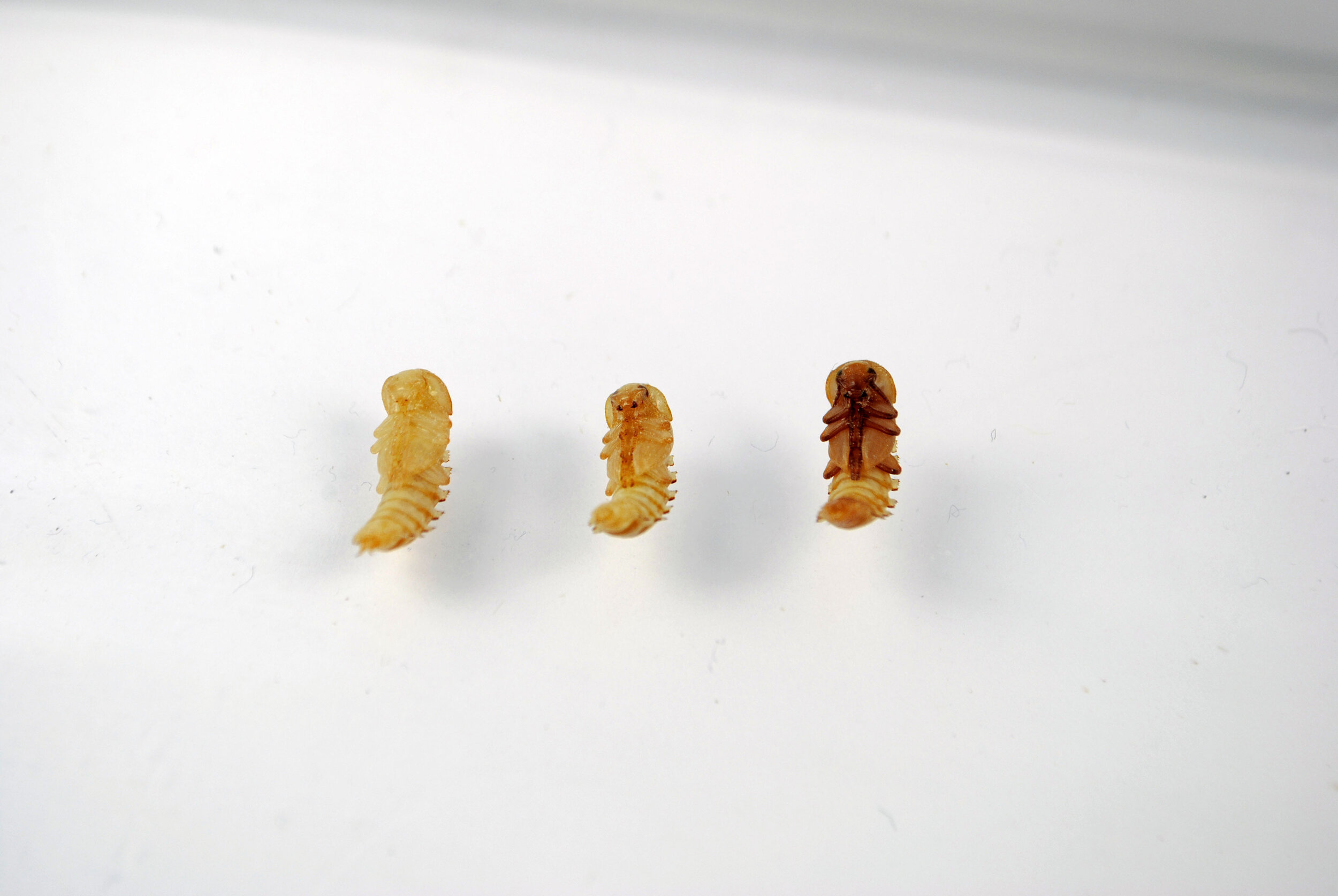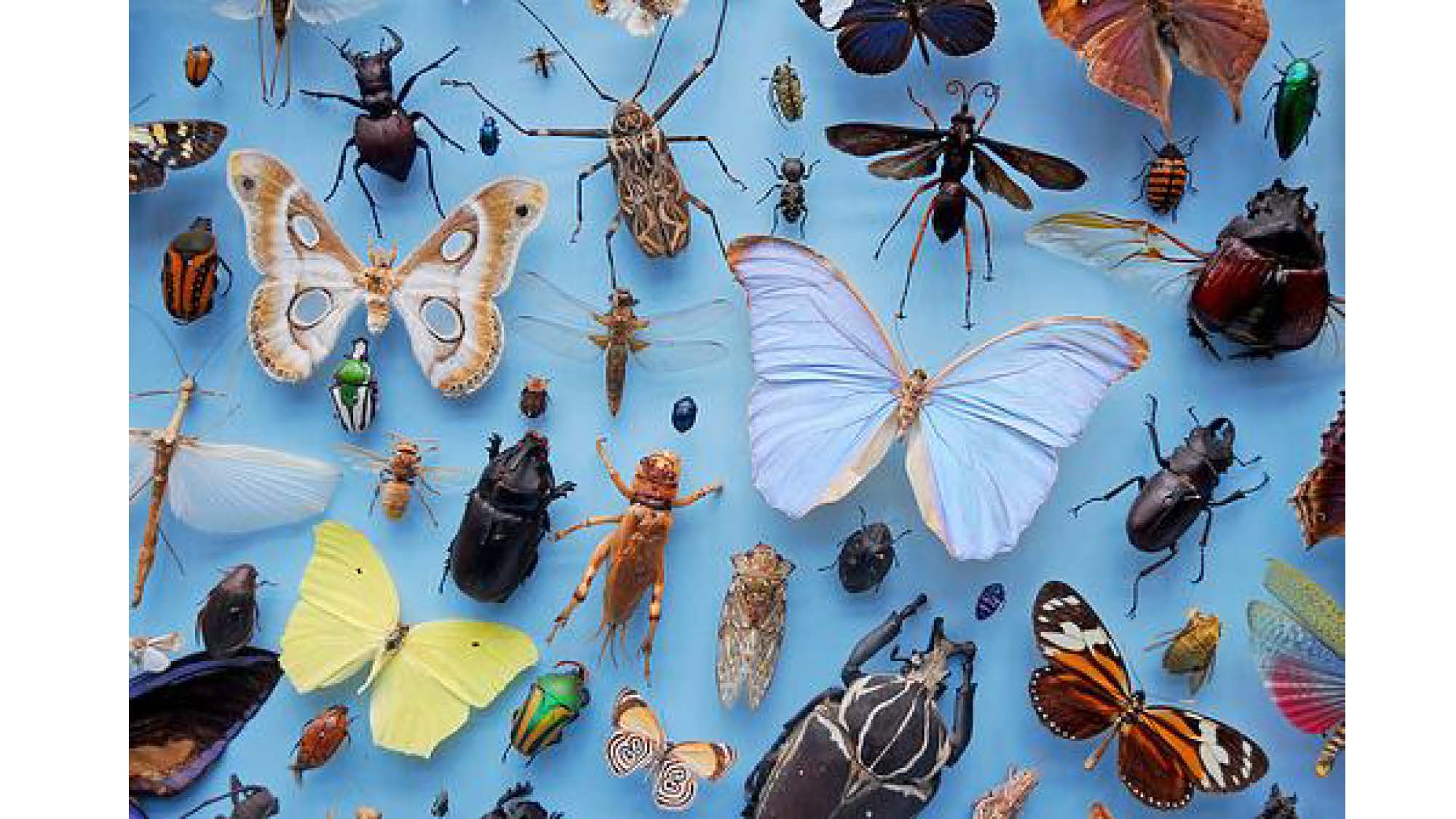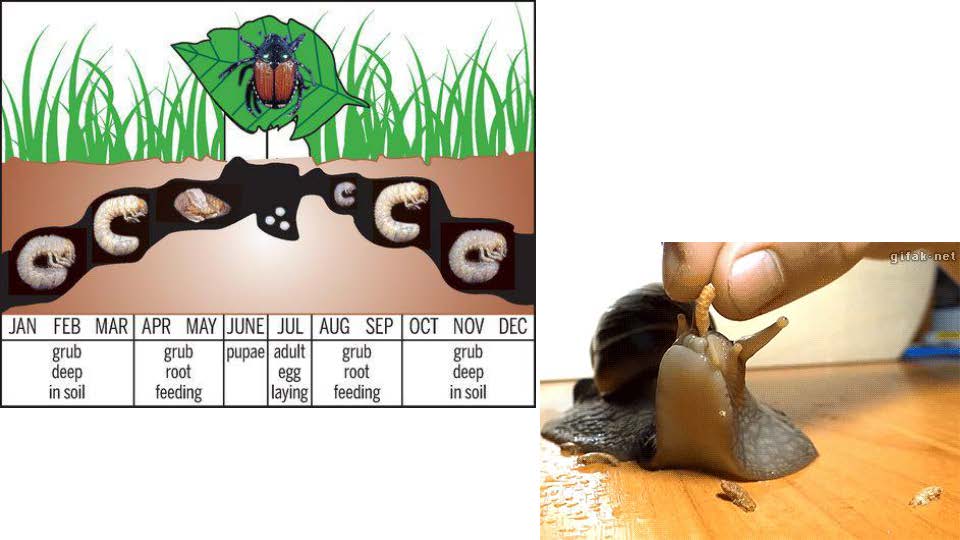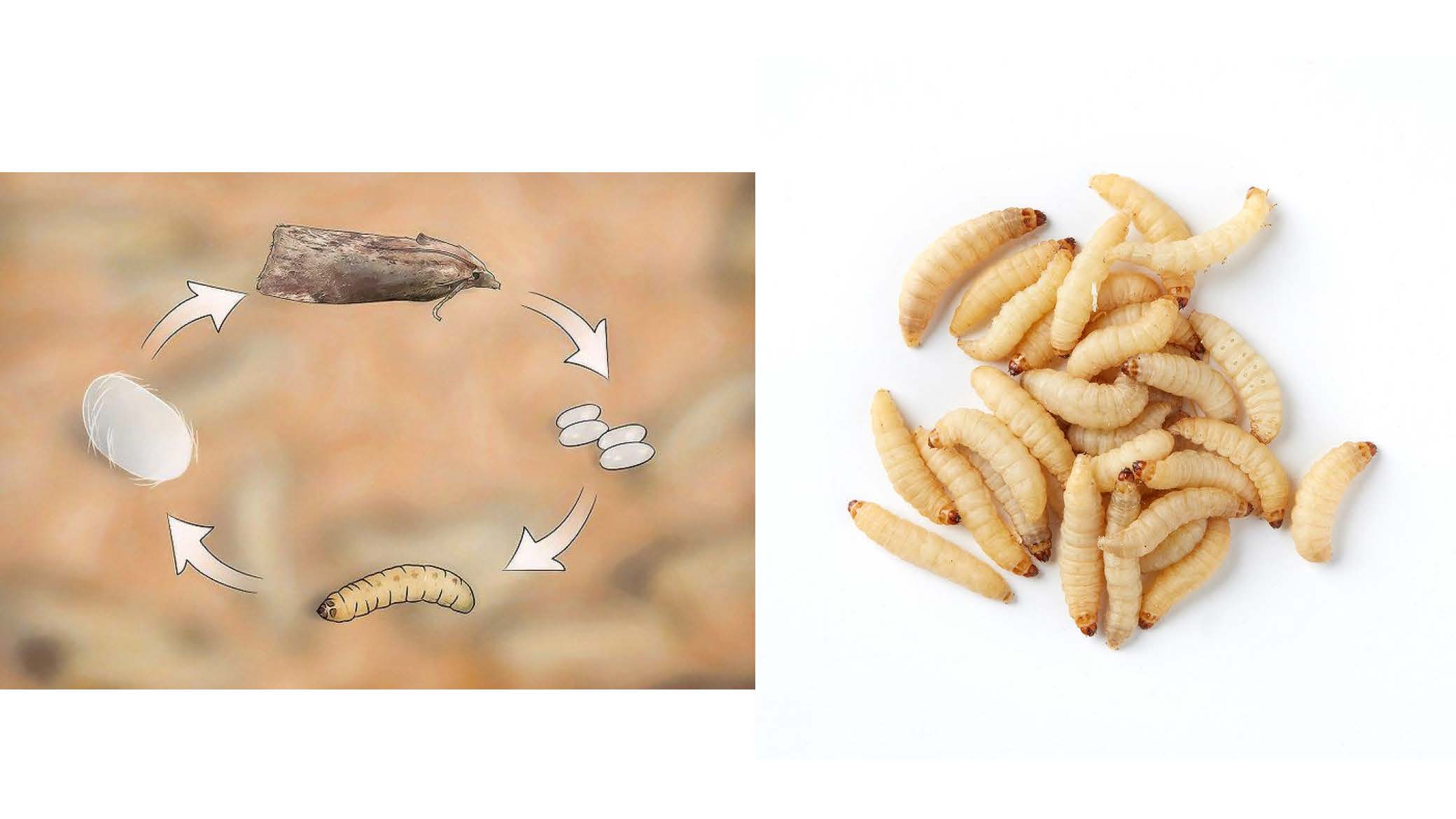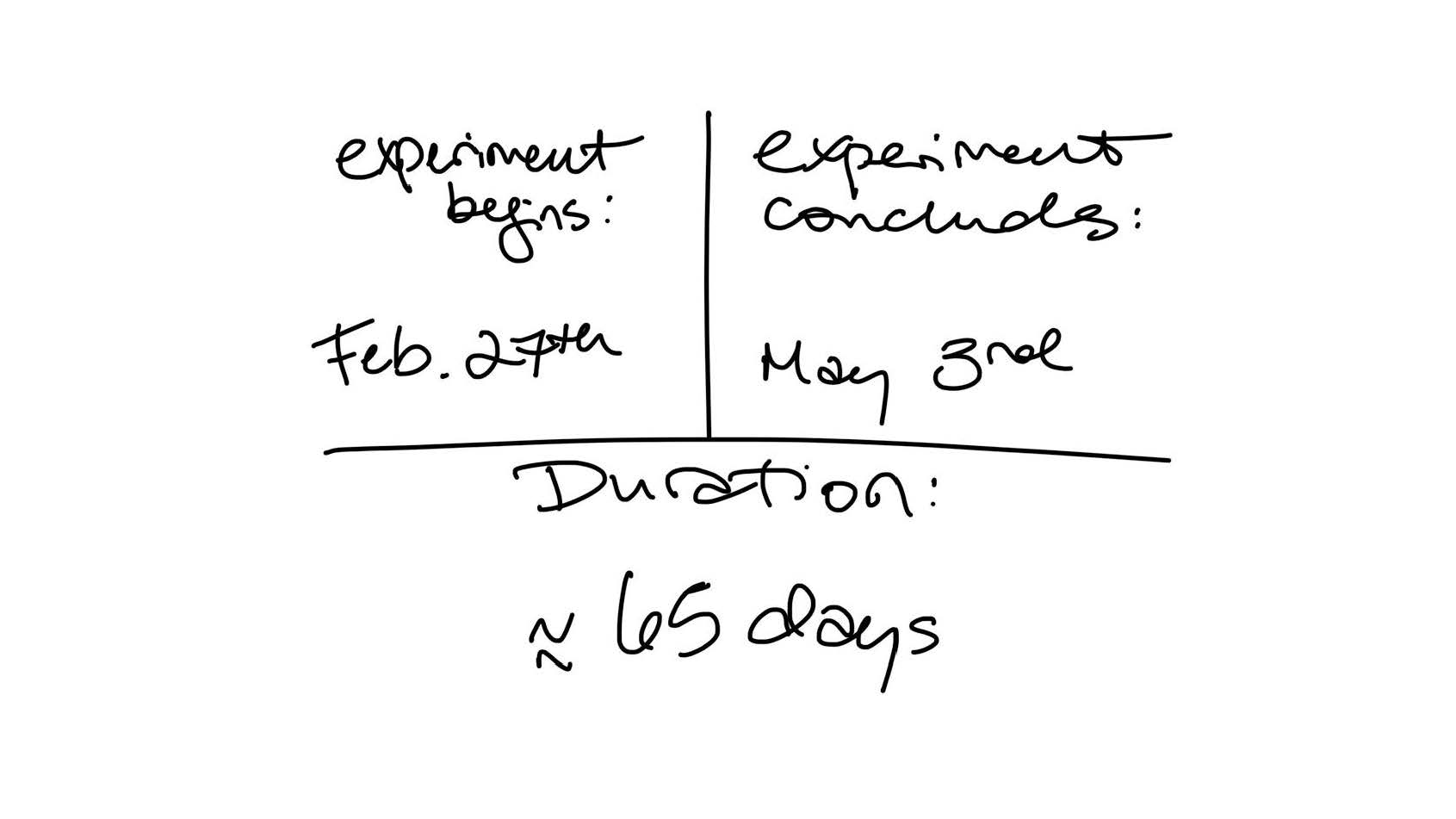Pecha Kucha
And so begins my last first day of class. To become acquainted with everyone's independent topics and see overlap between our passions, we presented in Pecha Kucha format. Following are my slides and script.
Hi all, I’m Grace Knight for those of you that don’t know, and for my PechaKucha viewer discretion is advised. It is not for those who are worm and insect squeamish. I won’t be be offended if you look away. First, I'm gonna talk about me a bit then get to the bugs and show you how it all comes together.
As far as my personal interests and previous projects at RISD, I've been fixated on plastic. I’m drawn to large problems like waste streams in attempts to close the loop and reinvent the way humans recycle or consume. For example, I've been recently interested in environmental law and last semester my Environmental Disasters final was a proposed pollution tax.
The goal is to inconvenience corporations enough with a 5% tax to encourage a switch to compostable materials, and to raise bottle bill's cash return to $1, giving canners a sustained wage. The remainder from the tax would be split four ways to provide funding for state and national public land, improved waste management facilities, investing in material science development, and for a national disaster relief fund.
Throwback to last Fall in 2016: I took an Insect Morphology class in the Nature Lab. This class quickly desensitized me and showed me through the lense of entomology, how specific cooperation between species can be. And in nature, all nutrients are recycled endlessly, as matter cannot be created nor destroyed.
Beetles, specifically, or Coleoptera, are super dope. They live in nearly all biological niches from the narrow fringes of polar ice caps to the unexplored expanse of rainforest canopy. There’s over 35,000 species discovered since 1758. The multitudes of beetles reflect the degree of their contribution to a healthy biosphere. (Evans 11)
Beetles consume everything-- plants, animals, and their remains. The larvae live in soil and function as tiny recycling machines that return organic materials to the soil, making them available again for use by others. In turn, beetles themselves are recycled, consumed by many animals, including humans. For most of us, however, contact with beetles is limited to the occasional invasion of our food, homes, and gardens. (Evans 11)
Particularily good recyclers of nutrients are mealworms, which are the larva stage of the Darkling beetle. They are a major source of protein and are consumed in many regions, such as South America, Africa, and Asia. But in the US they're mainly sold for pet food, use in composting, and their waste is sold as fertilizer.
Switching to butterflies and moths, order Lepidoptera, waxworms are the larva for the Wax-Moth. In the wild, they are considered pests for honeybee colonies because they invade and eat the wax structure, hense their name. They are also as easy to rear like mealworms and are commercially sold, popular for use as fishing bait, and consumed widely similar to mealworms.
Soldier Fly Larvae, order Diptera, are known for their insatiable appetite, consuming twice their weight everyday. They don't sting or bite, although they resemble wasps, are don't carry disease. A farm called EnviroFlight in Ohio currently feeds their larvae brewer's grain and left over chicken farm scraps. The larvae is then baked and becomes a cheaper option to feed to pigs and as fish meal for farmed fish.
I was inspired about the intersection of entomology and design after reading Stanford's 2015 study. Scientists proved mealworms and waxworms will not only eat plastic, but are digesting it. Polystyrene film and polethene-foam was successfully broken down in the mealworms digestive tract. The larval health remained unchanged and indistinguishable from mealworms and waxworms that did not eat plastic. Some even chose plastic over the typical nutrient food.
A second Stanford study proves the crucial role of the larva’s gut. Feeding the waxworms an antibiotic called Gentamicin caused the larva to lose their ability to depolymerize polystyrene and mineralize polystyrene into carbon dioxide. The scientists were also able to isolate and identify at least two bacterial strains which allowed the waxworms to process the plastic.
This is so cool to me because these insects obviously didn’t evolve alongside plastic. How are they able to process it? What other insects/animals have we overlooked? Stanford researchers are currently on the hunt for an aquatic species equivalent to the mealworm. But, since no aquatic animal is eating the ocean’s plastic and living, instead, to me, it makes most sense to utilize species that are already known to digest plastic.
Since this study, and as far as I know or my research has shown, there haven’t been attempts to industrialize their findings. This isn’t uncommon, scientific studies often take years to be widely accepted and privatized for commercial use and there are many financial and political roadblocks. I’m interested in zone which bridges scientific data to design implementation.
Based on this background information, my senior studio will be comprised of research, lab experiment, and a system redesign. I am currently researching insects, plastic, their life cycles, creating my hypothesis, designing my lab setup, and listing materials needed. After the materials are gathered, I’ll construct the habitat in the Nature Lab for when the insects arrive in the mail.
The experiment will begin on Feb. 27th with one group of insects as the control with basic food and the rest will be fed plastic of my collection, organized by location, type of plastic. Depending on my research I may have more than one species of insect being studied. Observations and data will be collected for a duration of around 65 days, and the experiment will conclude when the larvae enter their pupa stage, around May 3rd.
During the experiment, I am visiting multiple recycling facilities and waste management sites in RI and MA, as well as the Office of Sustainability in Providence to assess our waste stream and understand the system’s limitations. I plan on challenging the current methods of collection, expanding areas of collection, improvement of facilities, design of insect recycling facilities, and proposing changes in environmental law.
A further test needs to be done to study the bioaccumulation of the plastic carcinogens and endocrine disruptors. I believe Stanford is currently undergoing such experiment. If the gut microbes of the larvae prove to fully eliminate these toxins, then they are edible by insectivores and humans. If not, the toxins will magnify up the food chain of consumers.
If the toxins are in fact removed, humans could eat them whole, maybe ground up like those cricket-powder milkshakes at Wayback Burgers. Yes, for real, that’s a thing. Many people encourage consuming insects, called entomophagy, to be a solution to environmental degradation caused by livestock production. At least they could continue to be used for chicken and wild bird feed.
If the Stanford study shows the toxins are not eliminated, the mealworms are still valuable as decomposers. My reserach didn't find solider fly larva or waxworms waste valuable as fertilizer, they‘re used more like worms in vermicompost. But mealworm waste or castings are actually used in the garden community as a pure fertilizer source.
In addition, Bioplastics are already being made from shrimp shells which the same protein as exoskeletons of mealworms, called chitin. Due to rapid refinement of these findings, scientists are predicting the future plastic bag to be made from a chitin-base. Regardless of Stanford's toxicology study, I see many potential end-uses for the insects in this system redesign.

